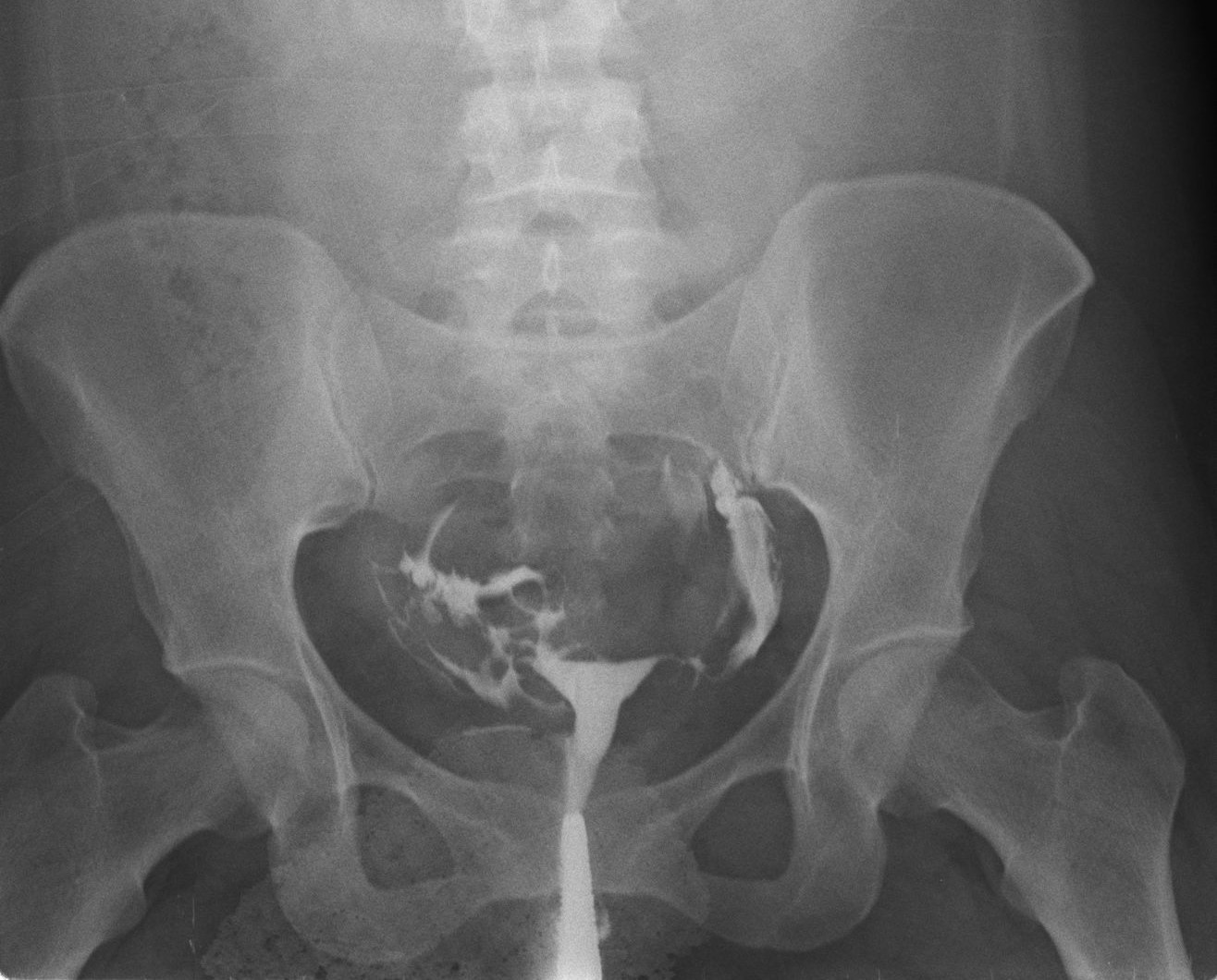Hysterosalpingography (HSG) in Kharghar

Hysterosalpingography
Hysterosalpingography (HSG) is a specialized X-ray procedure used to examine a woman's uterus (womb) and fallopian tubes. It is commonly used to investigate the causes of infertility, recurrent miscarriages, or to ensure the fallopian tubes are open and functional following tubal surgery. HSG can also detect abnormalities in the uterine cavity such as polyps, fibroids, adhesions, or congenital anomalies.
HSG is a minimally invasive medical test that helps physicians diagnose reproductive health issues and assists in planning appropriate treatments. This test is often performed when there is a history of infertility, repeated miscarriages, or as a follow-up after certain gynecological procedures.
Benefits & Risks
There are many benefits of performing an HGS Test :
- HSG is minimally invasive and typically performed on an outpatient basis.
- It provides clear images of the uterine cavity and fallopian tubes.
- The procedure helps in identifying blockages or abnormalities that may not be detected by ultrasound or other imaging techniques.
- It can assist in diagnosing the causes of infertility and guide subsequent treatments.
Although, there are no major risks associated with HSG, some of them may be :
- Mild to moderate discomfort or cramping may occur during and after the procedure..
- There is a slight risk of infection, which can be minimized by following pre-procedure instructions and using sterile techniques.
- Exposure to a small amount of ionizing radiation, though it is generally considered safe for most women.
How it is performed ?
Hysterosalpingography is a safe and generally well-tolerated procedure that uses a special dye and X-ray technology to visualize the reproductive organs.
Where it is used ?
Hysterosalpingography (HSG) is typically performed in a hospital's radiology department, outpatient imaging center, or a specialized fertility clinic. The procedure is conducted in a sterile environment to minimize the risk of infection, and it is carried out by a radiologist or a trained specialist with expertise in reproductive imaging. Patients are usually referred for an HSG test by their gynecologist or fertility specialist, and the procedure is scheduled during the early part of the menstrual cycle, after menstruation has ended but before ovulation, to ensure accurate results and reduce the likelihood of performing the test during an early pregnancy.
